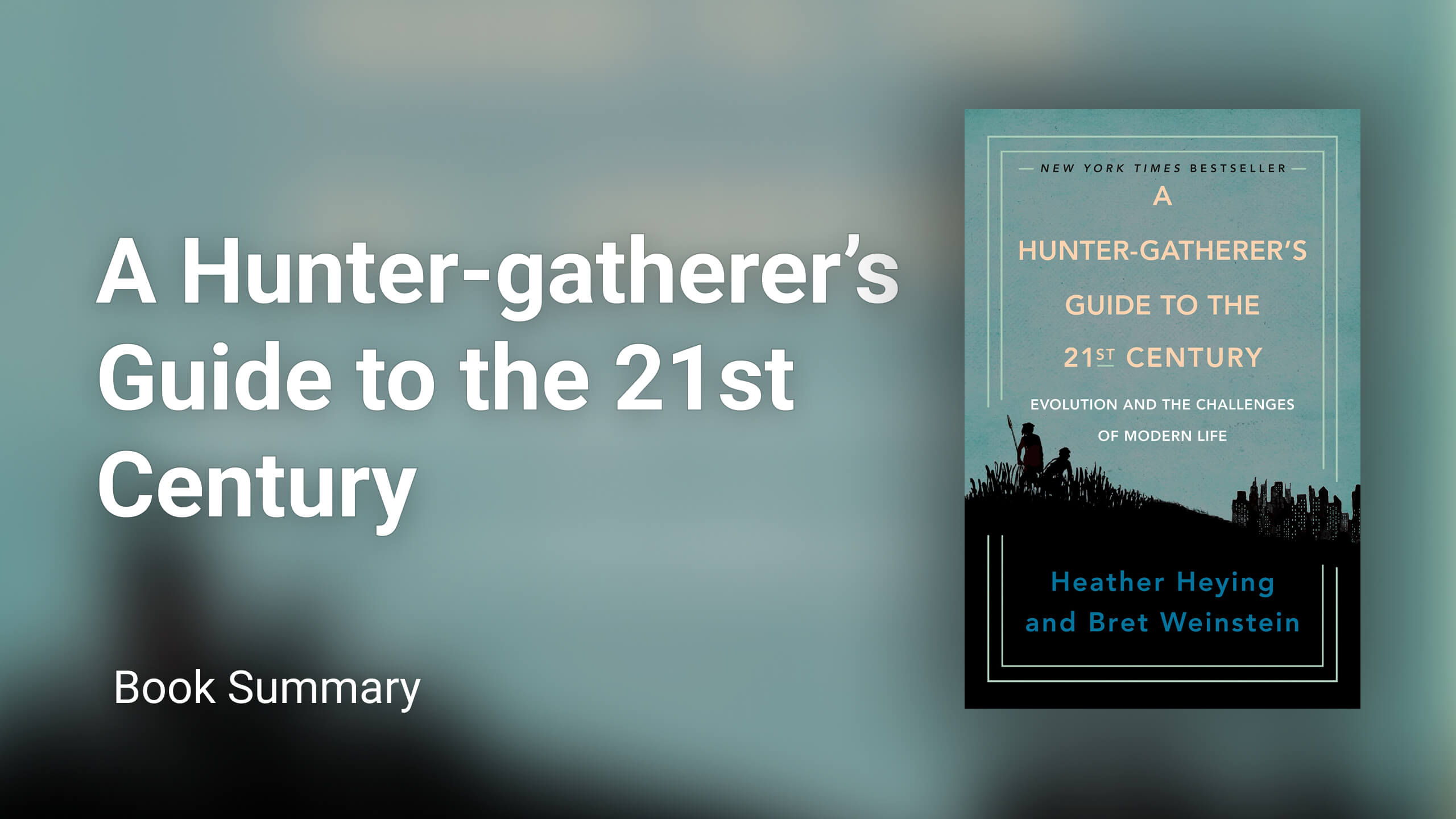Book Outline
This book is an attempt to identify, study and solve
The main problem authors have identified is that despite the fact that humans are very good at adapting to changing environment, modern rate of change is too fast. The

Chapters Summaries
1. The Human Niche
In the first chapter «The Human Niche» authors introduce readers to individual and collective consciousness, lineage, epigenetic adaptation and the Omega Principle.
Humans don’t have niche in nature. As as species we are generalists that can adapt to any habitat. The solution to the paradox is that even as a species we are generalists, individually we are often specialists. But in addition to individual consciousness we have also evolved a shared collective consciousness. It allows us exchange ideas and learn with minimal friction.
As a learning of the individual always goes from conscious to unconscious, so does a collective learning. On an individual level unconscious learning is called skill or intuition, on a collective level — tradition and culture.
Culture is an epigenetic regulator that is evolved to serve the genome yet is more flexible and can adapt more rapidly.
2. A Brief History of the Human Nature
In the second chapter, the authors give an overview of our big evolutionary history from the beginning of life and the emergence of the first
The main point, in my opinion, is that being Homo Sapiens does not mean that we are no longer apes, primates, reptiles, fish, animals, vertebrates, and eukaryotes. We belong to each of these groups, and our physical and behavioral characteristics are the result of that. Humans are fish.
3. Ancient Bodies, Modern Worlds
The third chapter is named «Ancient Bodies, Modern Worlds». In the beginning of the chapter authors establish that evolutionary adaptations may work both through genetic and cultural means and that «Nature vs Nurture» dichotomy is false. Then authors purpose a test to determine if a trait is an evolutionary adaptation: it’s complex, it’s costly and it’s old.
It’s often the case that the purpose of a trait is currently unknown, like in the case of the appendix. Still unknown purpose should not motivate us to mess with or get rid of the trait as if it is an adaptation, it most likely has some hidden value that we don’t see due to our ignorance (Chesterton’s Fence).
An important feature of the evolutionary development is the presence of
👷 Work in Progress. I’m still writing the summaries of other chapters. Signup if you want to be notified of their release.